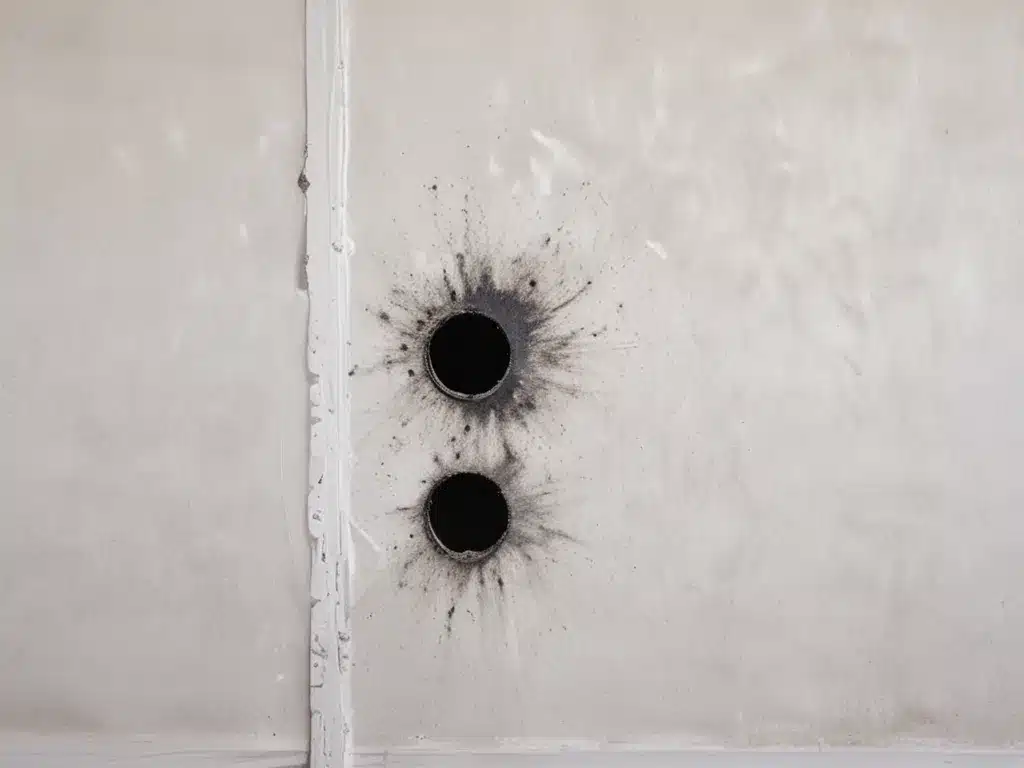I have struggled with recurrent black mould infestations in my home for years. As someone who is highly allergic to mould, it has been a frustrating and unhealthy experience. However, through trial and error, I have learned how to prevent black mould from coming back. Here is what I have discovered.
What Is Toxic Black Mould?
Toxic black mould, also known as Stachybotrys chartarum, is a type of fungus that produces toxic spores. Unlike common household moulds that grow in damp areas, black mould can release spores and chemicals called mycotoxins that cause severe allergic reactions and other health problems in humans.
Some potential health effects from black mould exposure include:
- Respiratory issues like wheezing, trouble breathing
- Runny nose, sinus congestion
- Eye irritation
- Skin rashes
- Fatigue
- Headaches
- Sore throat
For someone like me who is highly sensitive to mould, recurring black mould growth in my home was making me sick. I knew I had to find a way to get rid of it permanently.
Why Does Black Mould Keep Coming Back?
There are a few key reasons why black mould can continue to return even after you clean it up:
- Moisture – Black mould thrives in damp, humid environments. Any remaining moisture in the area allows it to return.
- Porosity – Black mould can penetrate porous materials like drywall and wood. If spores remain in these materials, the mould can regrow.
- Hiding places – Black mould can hide in cracks, crevices, behind walls, under flooring materials, etc. If these areas aren’t properly remediated, the mould persists.
In order to stop black mould growth long-term, I needed to address each of these factors in my home.
How I Finally Got Rid of Toxic Black Mould for Good
It took some trial and error, but I eventually found a system that has prevented black mould from recurring in my home. Here is what has worked for me:
1. Identify and Eliminate Moisture Sources
- Used a moisture meter to detect damp areas behind walls, under floors, etc.
- Repaired leaky plumbing, seals around windows.
- Improved ventilation and airflow in humid areas like bathrooms.
- Run dehumidifiers to maintain indoor humidity under 50%.
2. Clean Infected Areas Thoroughly
- Wore proper PPE – N95 respirator mask, goggles, gloves.
- Used concrobium mold control spray, scrub brushes, microfiber cloths to clean affected areas.
- Completely removed contaminated porous materials like drywall and insulation.
3. Inhibit Mould Growth
- Treated surfaces with a fungicidal primer like KILZ to prevent regrowth.
- Applied mold resistant paint like Sherwin Williams Tile-Clad.
- Used mold killing products during cleaning like borax, vinegar, tea tree oil.
4. Block Access to Hidden Areas
- Sealed up wall cavities, cracks, gaps where mould could hide.
- Replaced bathroom wall panels with moisture resistant cement board.
- Added mold resistant backing board behind vinyl flooring.
5. Continuously Monitor for Moisture
- Keep using moisture meter 1-2 times per month to catch dampness early.
- Immediately clean and dry any condensation or spills.
- Look for new mold growth and clean quickly if detected.
Conclusion: Stay Diligent to Keep Mould Away
With these comprehensive preventative measures, I have been able to keep toxic black mould out of my home for over two years now. However, I still remain very diligent about controlling moisture and monitoring for any new growths. Prevention is key when dealing with persistent mould. I hope my experience helps others struggling with recurring toxic black mould infestations. Stay vigilant, attack moisture, and don’t give this harmful fungus a chance to return!







